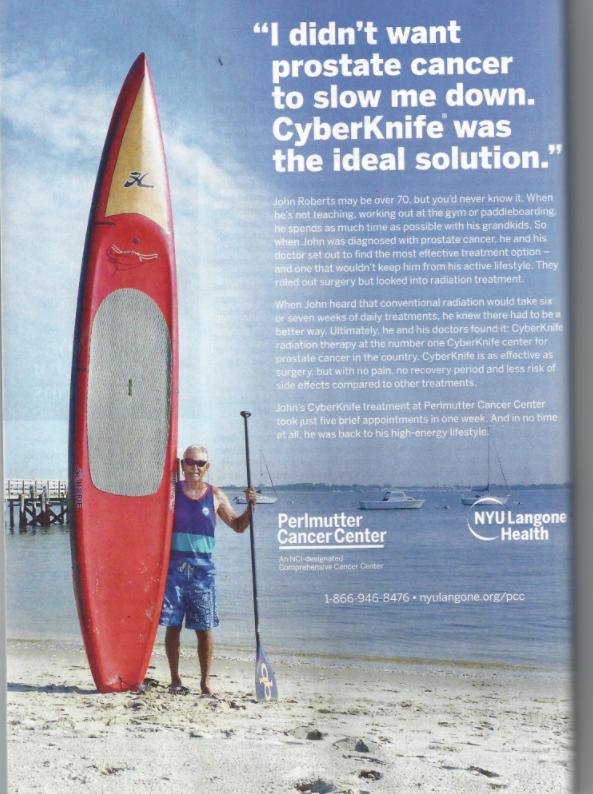- Joined
- Oct 4, 2017
- Messages
- 5,017
- Reaction score
- 9,784
Recently saw 80 year old with G9 prostate cancer and offered him 26-28 fraction to pelvis/prostate along with long term hormones. Pt flew to nyc for 2nd opinion at major NYC hospital where he was offered 5 fraction stereo to capture him. Now flying back to nyc for 5 fraction stereo after space oar for which he was taken off anticoag. So much to unpack here- nyc hospital stereo almost certainly several times our price and that hospital almost certainly has no issue with residency expansion while undertaking this type of practice. In the end, back and forth to nyc likely less convenient and more expensive for pt as well.
Last edited:



